Vanilla is the world’s second most expensive spice, behind only saffron. It is notorious for price volatility. With our century of experience in vanilla, we hope to shed light on current high vanilla bean prices and what to expect next.
A difficult crop, for starters
Vanilla is an orchid that demands nearly perfect tropical growing conditions and intense hand labor from start to finish. All vines are planted by hand from cuttings, and must be continuously looped, pruned and mulched. Every single blossom must be hand pollinated. Every bean is hand harvested. Every bean is hand cured over roughly four months.
Newly planted vines take three to four years to reach production. That time lag and the challenges of growing vanilla drive a boom/bust cycle that makes other commodities look tame by comparison. Extreme time lags inhibit farmer response to price signals. From the farmer’s perspective, the three years it takes for a vanilla vine to reach maturity mean a huge upfront investment whose payoff is far into the future.
When rising prices signal that farmers should plant more, even if farmers respond instantly, the new plantings cannot reach the market for at least three years.



In reality, farmers who have been burned in past vanilla cycles are leery to go through the exercise again. Vanilla is strictly a cash crop. Farmers can’t eat it. They may stick to planting food crops, or other, cheaper cash crops that they can market quickly.
Farmers usually do not respond en masse until prices get very high, which only further delays market response times. This is particularly true of farmers outside Madagascar who do not traditionally grow vanilla year in and year out.
During that time lag, shortages often develop, accompanied by panic buying and soaring prices. Shocked by the price surge, buyers start throttling back. Farmers increase their plantings. When the new crops reach the market — by this time demand has significantly softened — the cycle goes into reverse. There is downward pressure on prices. Farmers resist price cuts, but must sell at some point.
When prices fall, buyers start using vanilla in large quantities again. Marginal vanilla farmers abandon the crop. And the cycle begins again.
We have heard this story from vanilla farmers all over the world. We’ve seen the cycle repeat itself many times. Many attempts have been made over the decades to reduce vanilla’s price volatility — or to capitalize on it.
The French Colonial Era 1890s-1960
The vanilla orchid was smuggled out of its native Mexico by the Spanish in 1520, but was not successfully cultivated outside of Mexico for another 300 years, until 1836.
Madagascar became a major supplier after French colonialists displaced the indigenous monarchy in the late 19th century. Colonial authorities strongly encouraged the cultivation and export of vanilla beans as was typical of the era’s mercantilist policies.
Large foreign exporters, not local farmers, captured most of the profits. Vanilla is too demanding a plant to be farmed like cotton or sugar on large plantations, so small farmers retained production. But they were beholden to the exporters who had access to foreign markets and monopsony buying leverage.
Madagascar became a major supplier after French colonialists displaced the indigenous monarchy in the late 19th century.
Because vanilla requires so much hand labor, it is a viable crop only in countries with very low labor costs. It also requires knowledge of highly specific cultivation and curing techniques and established vanilla vines for cuttings. Madagascar is the only country that historically has met all these requirements. That’s why it has dominated the global vanilla bean market since vanilla was introduced to Europe in the 1830’s.
Vanilla in the First Republic 1960-1972
In 1960, Madagascar finally wrested its independence from France and elected its first president. The new government placed some minor controls on the vanilla bean market with the goal of correcting market failures, increasing world demand and stabilizing prices.
The Vanilla Stabilization Fund (CAVAGI) was established to buy all vanilla production at a set price. Beans that were not sold abroad were held by the government in inventory to prevent prices from sinking too low. Prices were set at all stages of production based on global demand. Curers, packers, and exporters required a license. The government also set the date for when green vanilla beans could be sold in an effort to avoid premature harvest.
These policies resulted in the greatest stability the vanilla market has seen before or since. Global demand rose five-fold and bean profits were split about evenly among farmers, packers/curers, and the CAVAGI. The success, however, was short lived.



Vanilla in the Second Republic 1972-1995
In 1972, Madagascar underwent a socialist revolution. Over the next two decades, the new government steadily tightened its hold on the vanilla market.
The government required packers and exporters to renew their licenses every 1-3 years, opening the door to favoritism and corruption. Export quotas were established for each license. Most of the crop was purchased by CAVAGI and marketed directly at a fixed price, leading to market centralization and politicization. Prices climbed steadily, but farmers received only 8% of the profits.
As prices rose, global demand fell. New regions, notably Indonesia, began growing vanilla.
By the mid 1980’s, Madagascar’s share of the global vanilla market was on a steady decline. Farmers in Indonesia, Uganda, India and elsewhere started growing lots of vanilla.
As prices rose, global demand fell. New regions, notably Indonesia, began growing vanilla.
A global glut ensued.
CAVAGI eventually bought and stockpiled an estimated four year’s worth of vanilla beans in an effort to prop up prices. Unable to sell at the fixed price and requiring ever more storage space, the government wound up burning almost three-quarters of Madagascar’s vanilla bean stockpile (4500-6000 tons).
Vanilla in the Third Republic 1995 to Present
In 1995, bowing to international and domestic pressures, the Madagascar government abolished CAVAGI. Licenses are still required, but the system is much less strict. The government also continues to set the opening date for the green vanilla bean market.
Almost immediately, world vanilla bean prices plummeted to roughly the Indonesian cost to grow and cure vanilla (still triple Madagascar’s), about $70-90/kilo cured. Indonesian and other African and South Pacific farmers began to rip out their vines, and Madagascar regained its control over the market. By 2000, vanilla prices had sunk to about $40/kilo cured.
Volatility spiked again in 2000 when a cyclone hit Madagascar, destroying much of that year’s vanilla crop. Prices soared from $40 to over $600 per kilo.
This extraordinary price spike was exacerbated by a longer-term supply/demand mismatch. Madagascar’s stockpiles were depleted, while low prices and the growing popularity of natural ingredients greatly expanded from small users and international food corporations alike.
On top of that, several of the world’s largest vanilla bean exporters speculated heavily in the market, artificially inflating prices.
Volatility spiked again in 2000 when a cyclone hit Madagascar, destroying much of that year’s vanilla crop. Prices soared from $40 to over $600 per kilo.
Vanilla users began reformulating their products to reduce or replace pure vanilla. Farmers around the world began planting again.
Prices remained sky-high until 2005, when prices collapsed almost overnight to $40/kilo cured. The plunge threw storied vanilla bean broker Zinc & Triest into bankruptcy. Prices plunged for three years, hitting rock bottom in 2008 at about $25/kilo cured.
At this price, even low-cost Madagascar vanilla farmers turned to other crops. These same low prices, however, again lifted global demand, creating another supply/demand mismatch.
The Current Vanilla Cycle
By 2015, vanilla prices had climbed as high as $90/kilo. By 2016, prices more than doubled to $225/kilo, and by the next year, 2017, had nearly tripled again to $600/kilo.
Predictions of a sudden correction have not panned out. High demand for natural foods has helped support demand. Food companies are loath to return artificial ingredients to their labels. Cyclone Enawo wiped out a huge Madagascar vanilla crop in 2017. Vanilla farmers have also gained some market power with the advent of smart phones that allow them to see market prices around the world.
Nonetheless, prices have softened and vanilla is widely available. Madagascar farmers are firm on pricing, but global demand has weakened, and farmers throughout the Tropics have increased vanilla plantings dramatically. Vanilla vines planted three years ago during peak prices are starting to produce. And Madagascar is expecting a huge vanilla crop in 2020.
Conclusion
Volatility is endemic to the vanilla bean market, and control lies ultimately with low-cost Madagascar. When Madagascar attempts to push up prices, farmers everywhere expand production, and global demand softens. At the three-year mark when new plantings mature, prices decline again. As they do, farmers in countries outside Madagascar find themselves unable to compete, and the cycle begins anew.
Volatility is endemic to the vanilla bean market, and control lies ultimately with low-cost Madagascar.
We are now approaching the fifth year of extremely high vanilla bean prices. We don’t know exactly when vanilla prices will fall or how far. But we do know history.
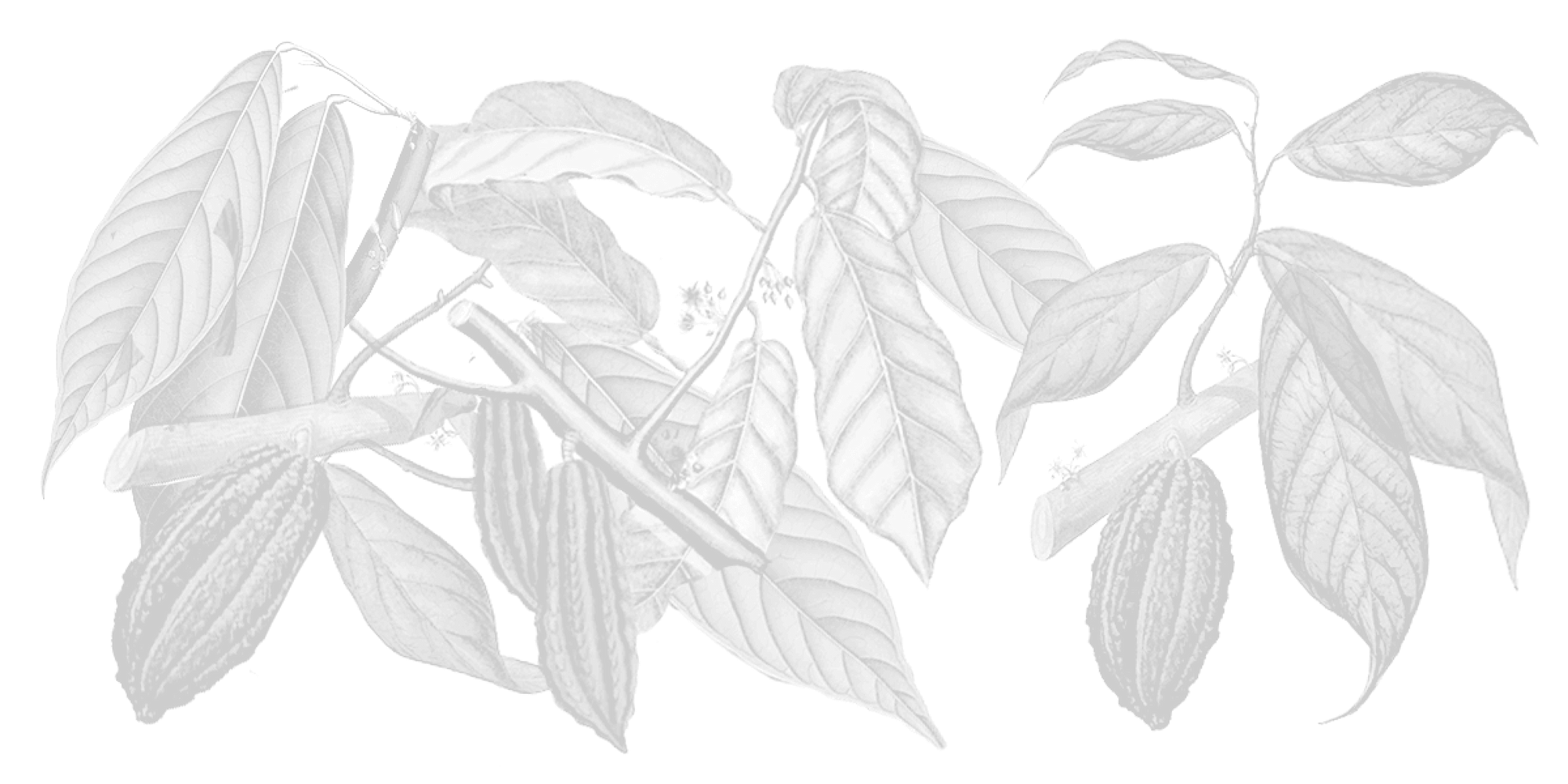
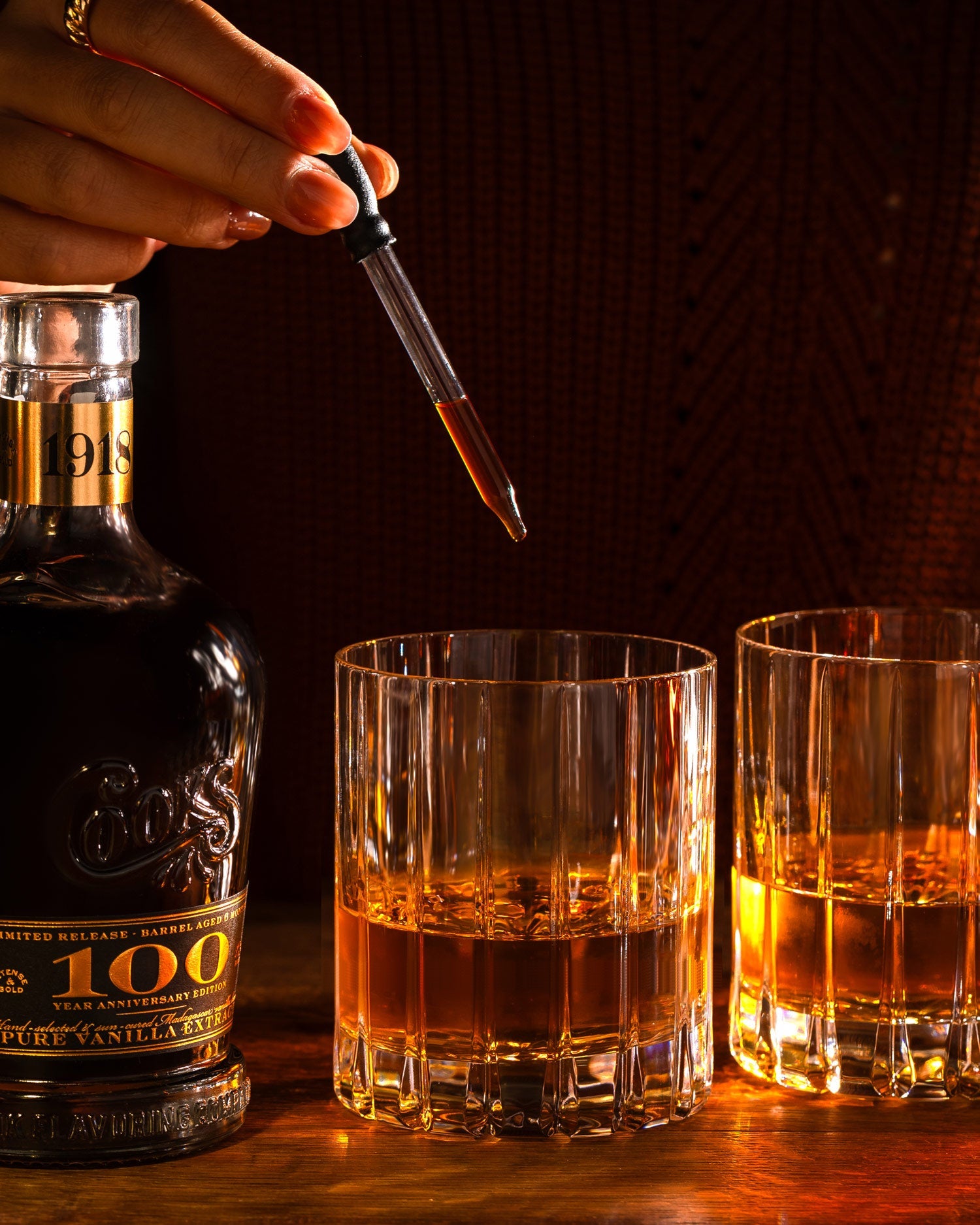

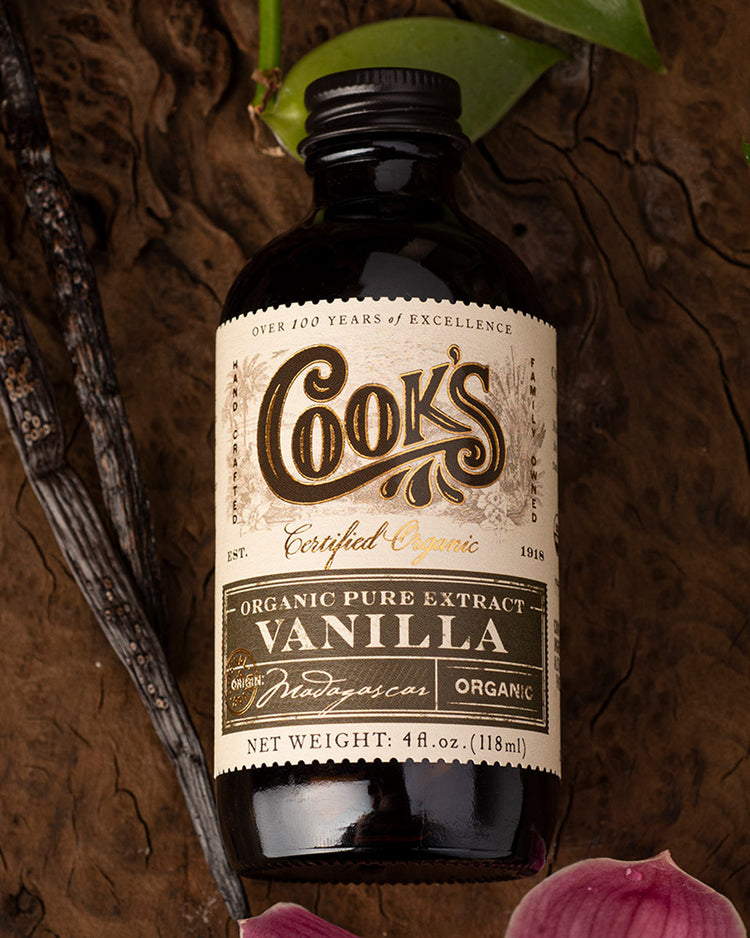
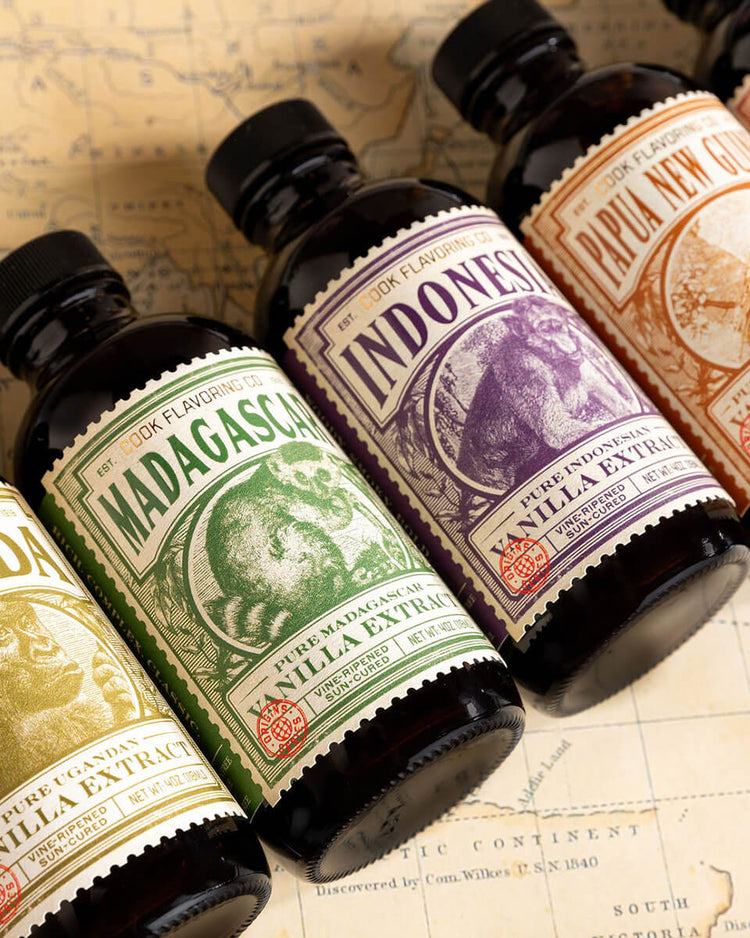


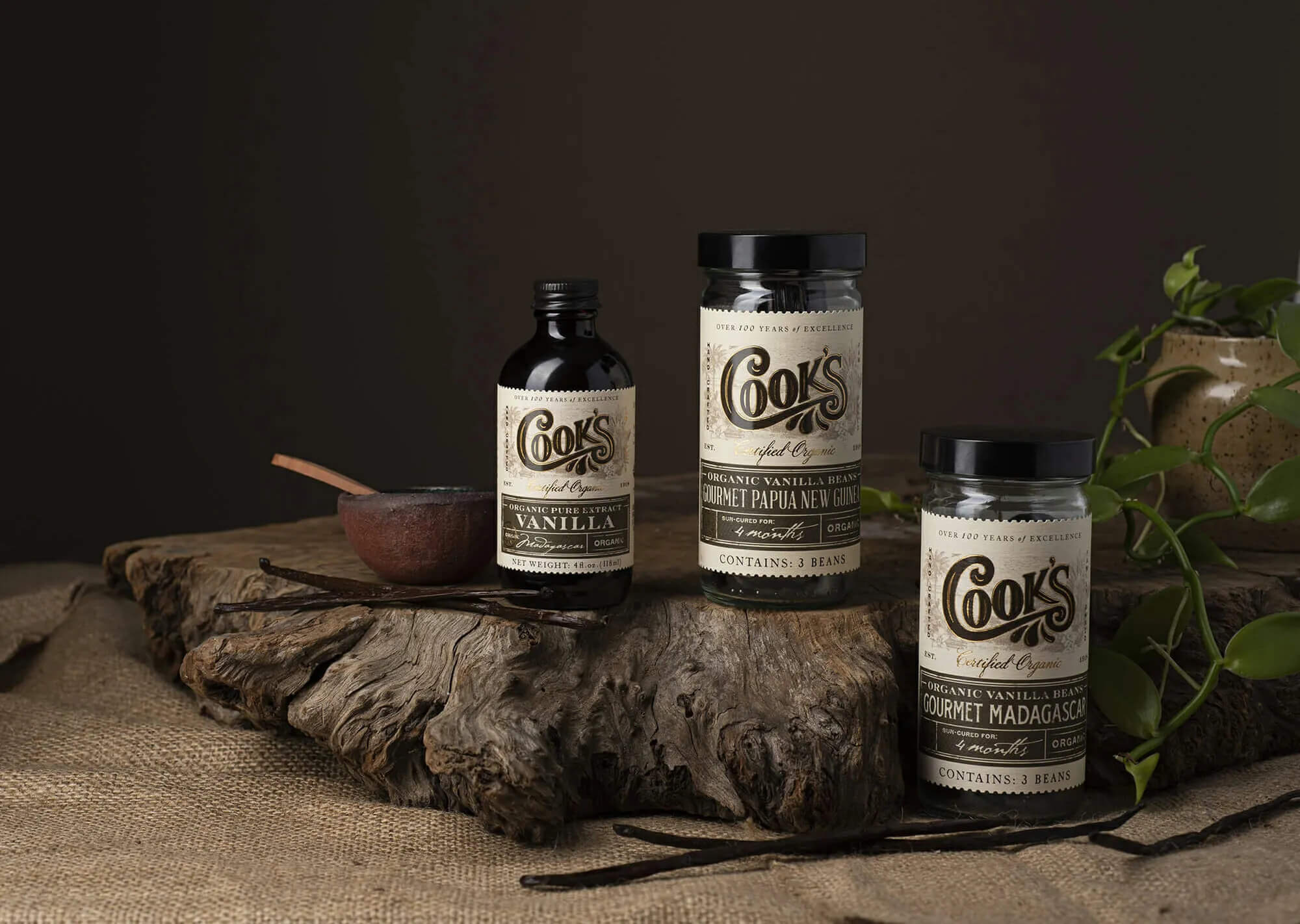
Comments